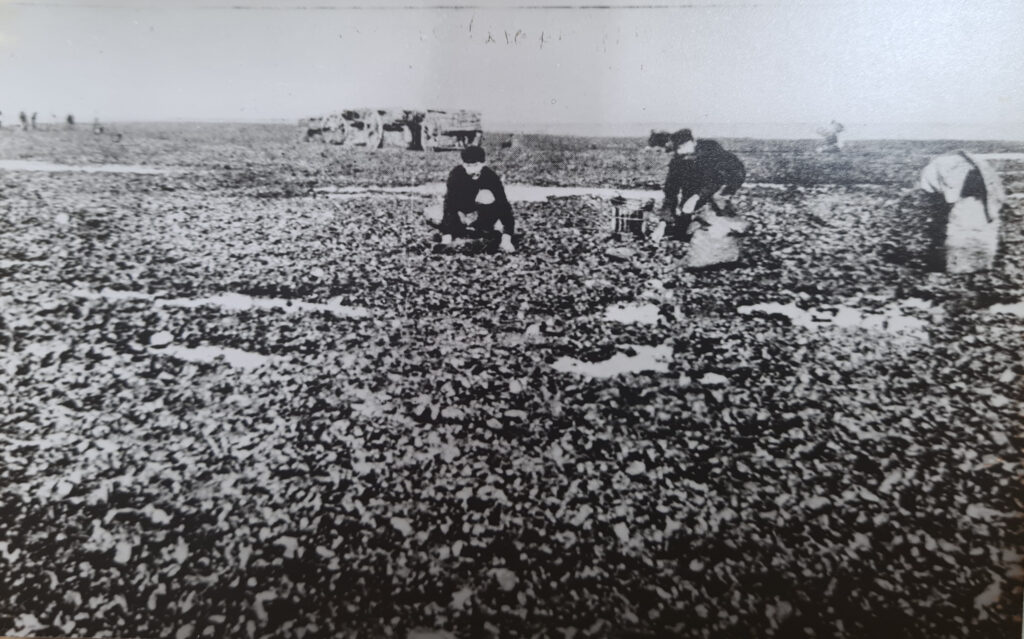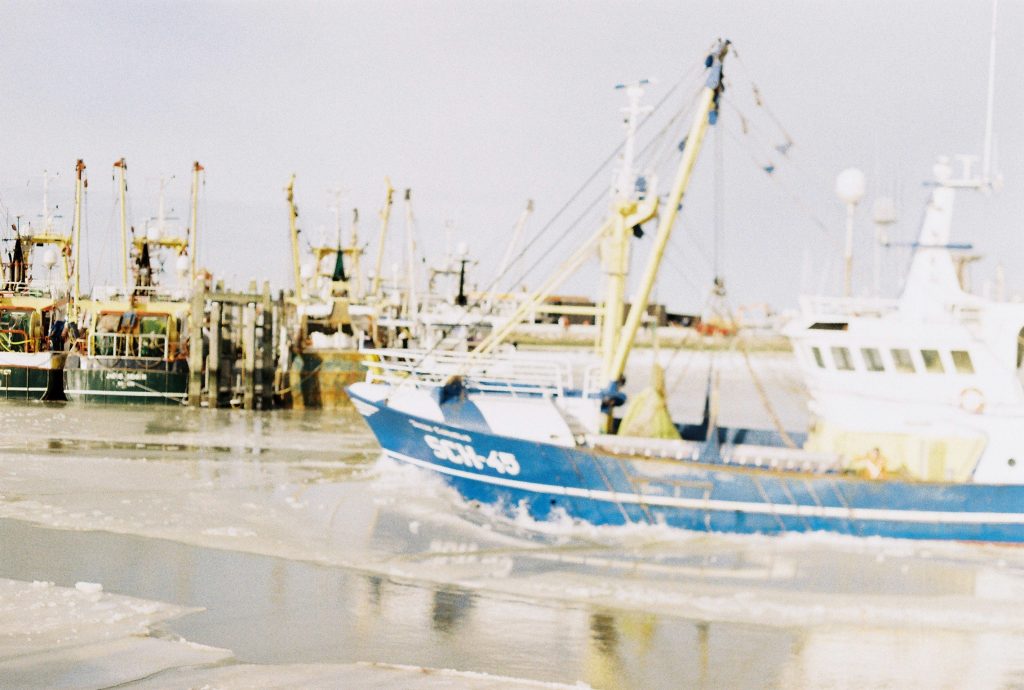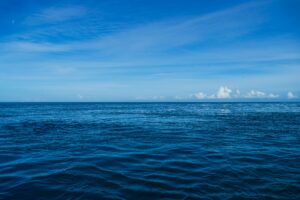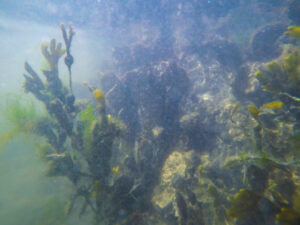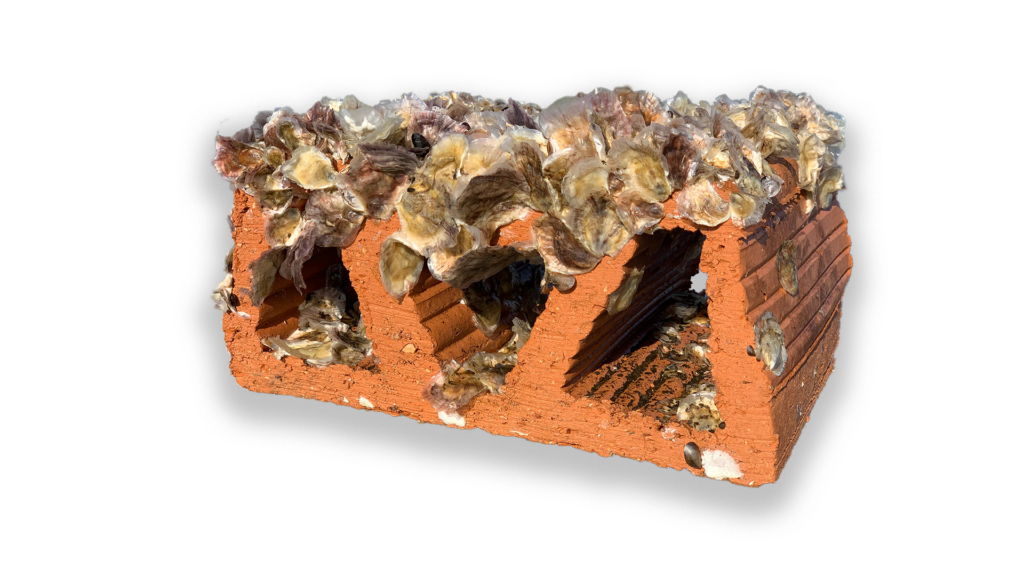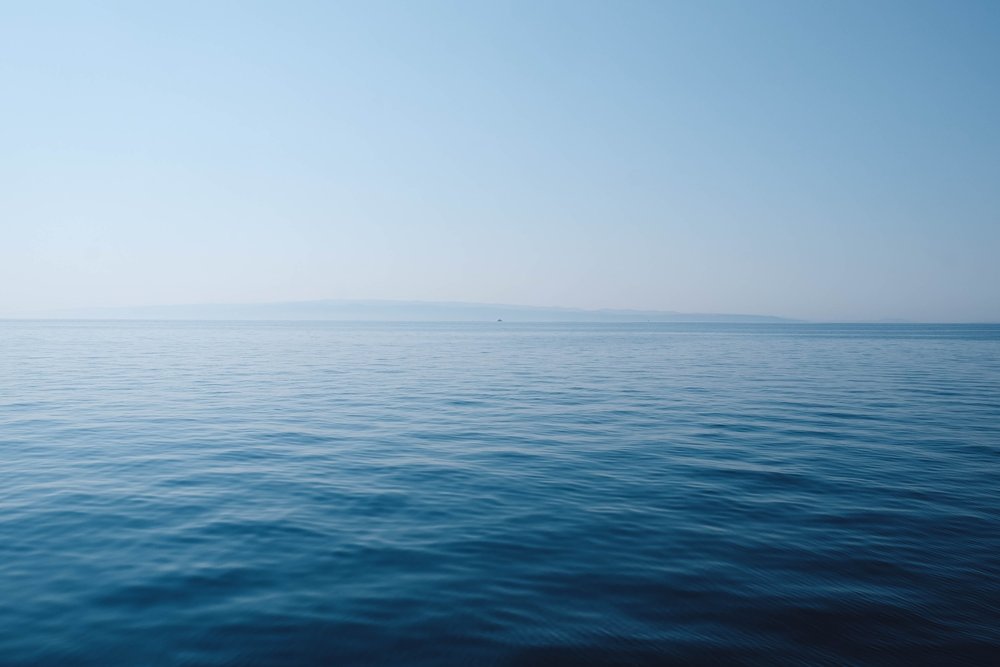
Why Doing Good for Nature Is Good Business
At Oyster Heaven, we’re often asked a version of the same question: Can you really make a profit by restoring nature?
Our answer is simple: yes.
And not only can we, but we believe it’s the fastest and most scalable way to help restore nature.

